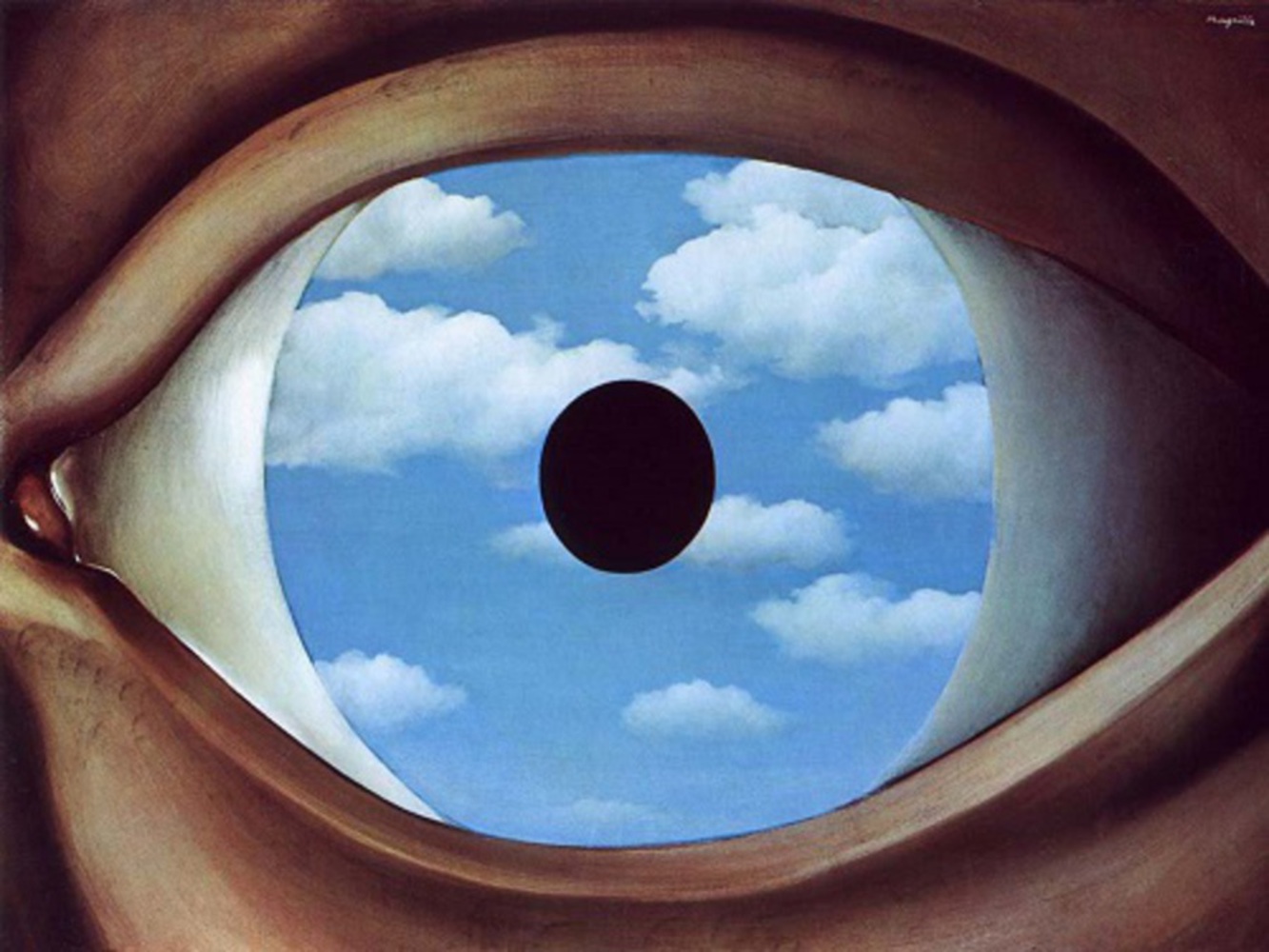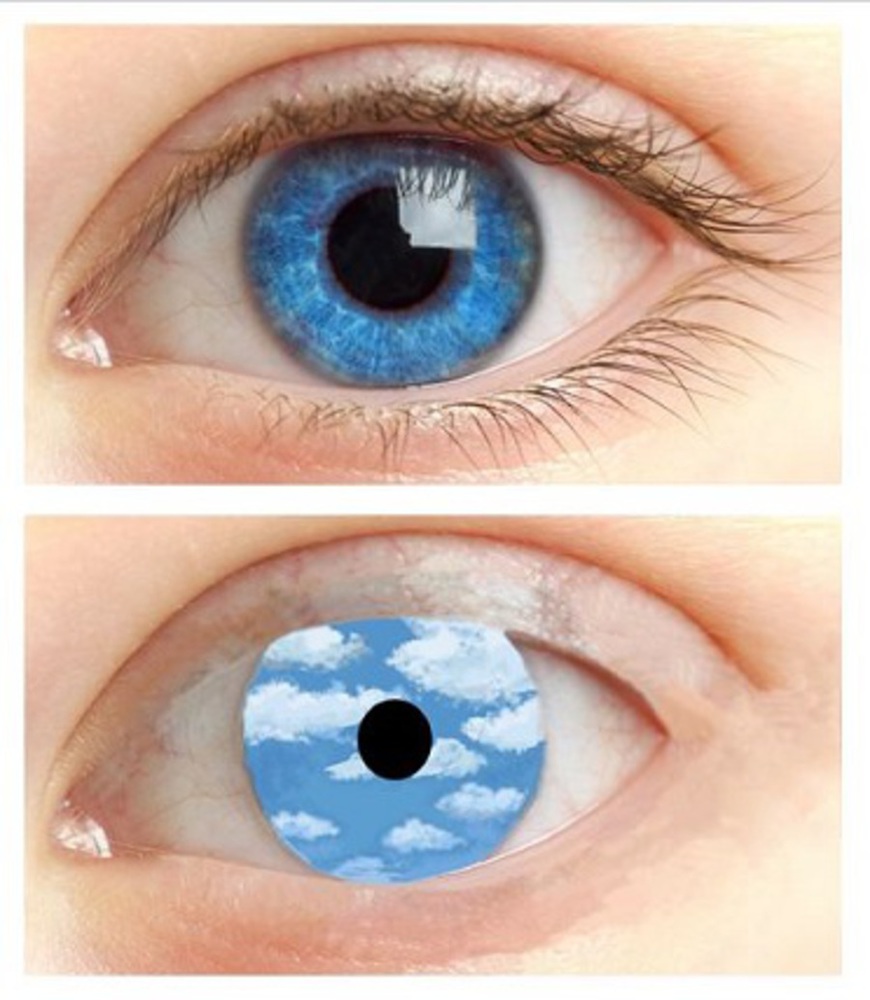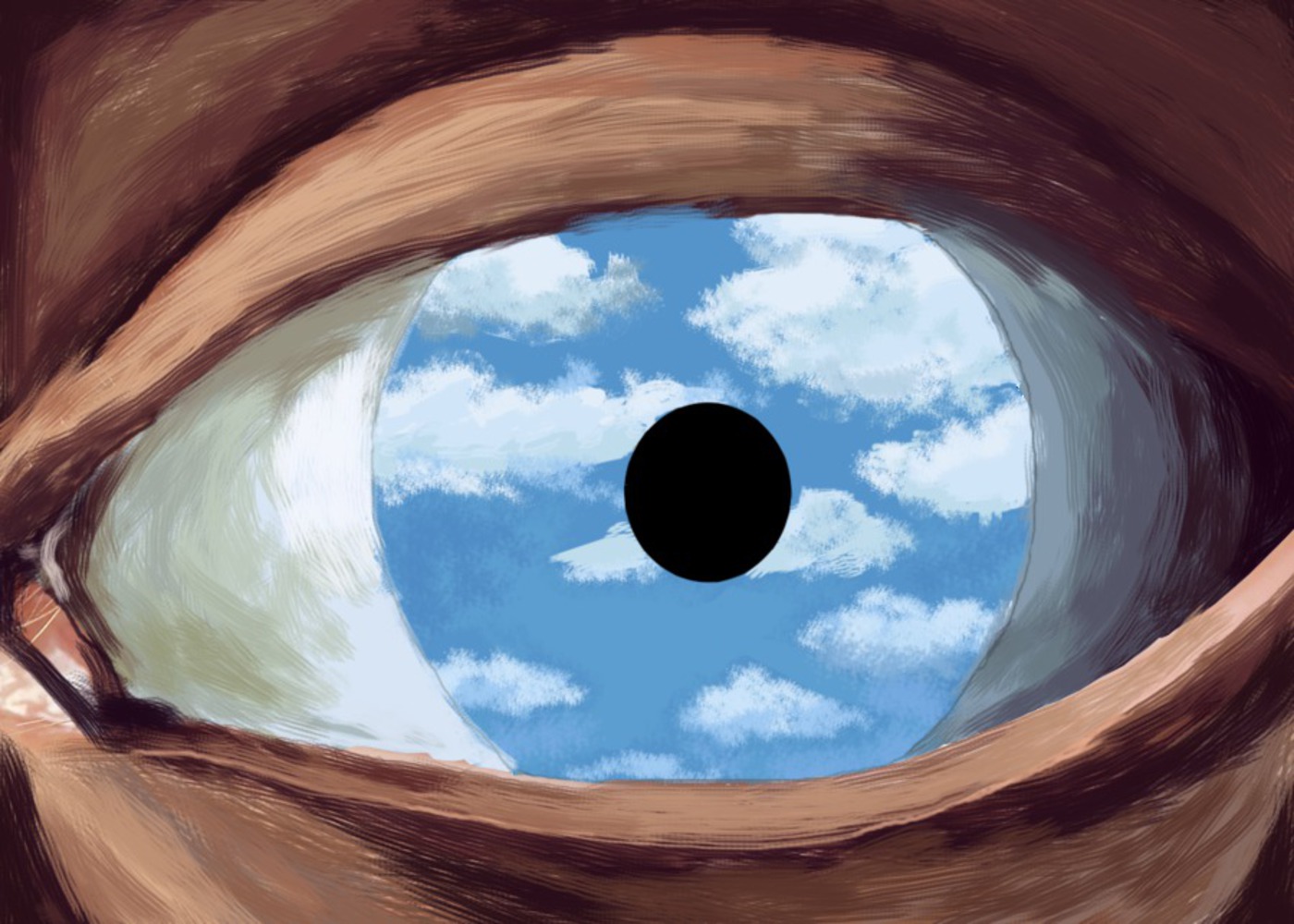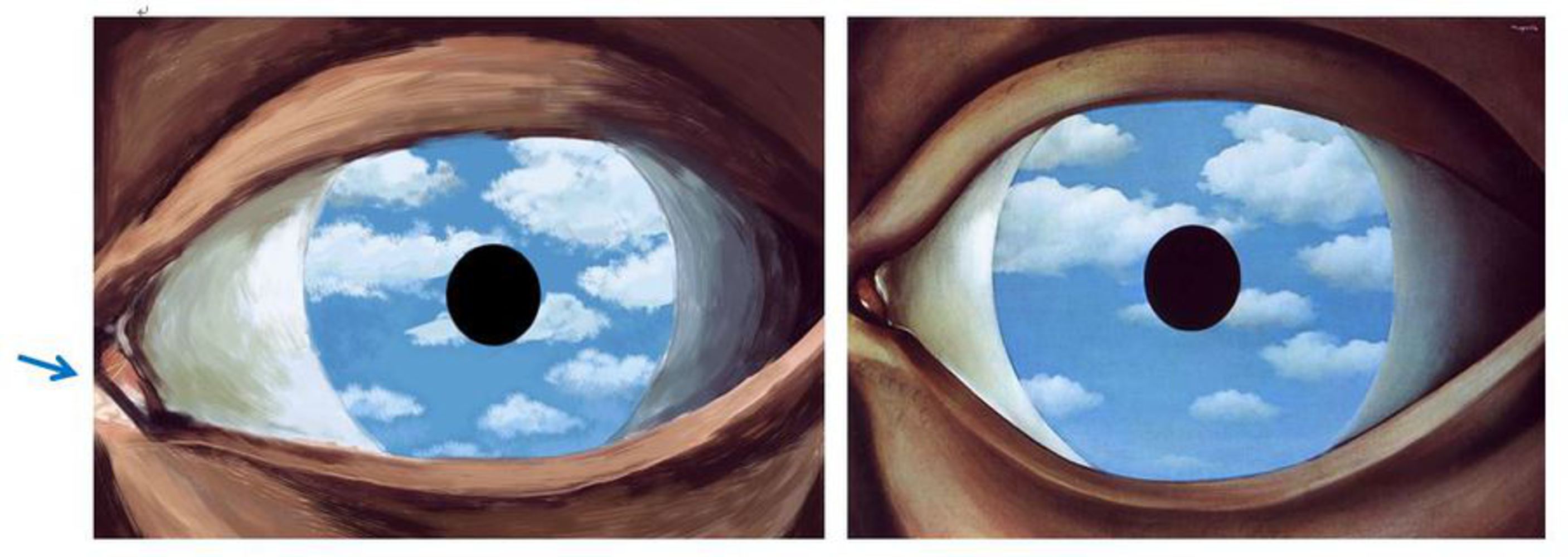Artist
René Magritte was an outstanding Belgian surrealist artist. He started to create surrealist artworks in his twenties under the influence of Giorgio De Chirico, an Italian artist. Yet, Magritte’s work did not come into a period of great prosperity until he moved to Paris in 1927 and became friends with a French poet, also known as the founder of Surrealism, André Breton. Magritte was good at placing ordinary objects in very different settings to make the works fulfilled with hidden meanings or philosophic ideas. On looking at his work, viewers will usually be surprised by the unusual, even bizarre effect that the artist created; but then try to figure out the intriguing meaning behind what they see. Besides, Magritte’s unique style has influenced lots of later artists, including our familiar American artist, Andy Warhol.



